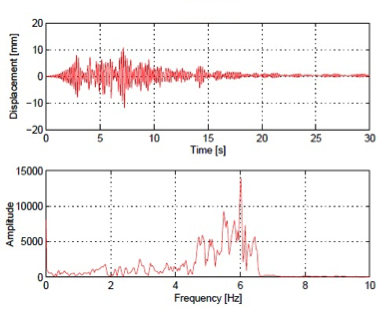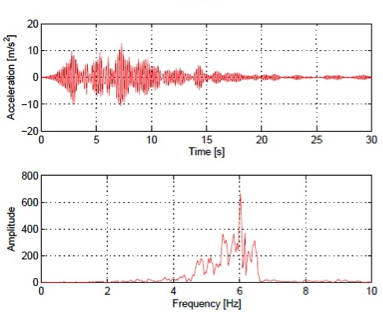The HMSDC group is one of the strongest research groups and actively working in the field of hybrid simulations. Professor Oreste Bursi is acknowledged as one of the most reputed researchers in the world in this area and has put significant contributions by developing new techniques and methods that are currently in use.
Hybrid simulations, e.g., pseudo-dynamic and real-time testing, are modern dynamic testing techniques where, to assess the response of the whole structure, part of a structure is physically tested in the lab while remaining part is numerically simulated in a computer. This research area for characterization of non-linear devices and systems comes at a time when the complexity of structures escalate considerably, leading to higher demands on the analysis, conceptual design and testing techniques. Although significant savings can be achieved by using increasingly powerful and scalable numerical simulations, experimental testing cannot be entirely obviated. Instead, these modern testing techniques need to be more targeted, faster and more closely integrated with numerical techniques.
The principal aim of this research is to investigate new developments in the area of structural testing, particularly those based upon the principle of fusing numerical and experimental methods, such as real-time dynamic substructuring and hardware-in-the-loop testing. In this context, we propose to integrate ordinary differential equations by means of real-time compatible linearly implicit Rosenbrock-based methods applied to the Hamilton form of equations of motion.
The application area of modern dynamic testing techniques regards the characterization of substructures, non-linear devices and structural systems. These objectives are pursued by means of the European Union projects INDUSE, SERIES and RELUIS. Through the use of advanced sensing and control techniques for transfer systems, it is possible to experimentally test a wide range of structures including industrial plant components like industrial piping systems.
For example, within a European project SERIES, the group in collaboration with Joint Research Centre (JRC) of the European Commission performed a pseudo-dynamic tests on the piers of a long bridge; relevant set-ups are shown in Fig. 1. In addition, within the European project INDSUE, we tested a full-scale petrochemical piping system through hybrid simulations under earthquake loading to assess its seismic performance; the investigated piping system, experimental set-up and an experimental response are presented in Fig. 2 – Fig. 5. The HMSDC group was the first to carry out such experiments on a piping system.

Fig 1. Test rig configuration: a) artistic view of the setup, b) seismic isolation setup; c) the horizontal and vertical loading system of the piers.

Fig. 2 A 3D model of the petrochemical piping system tested through hybrid simulations within INDUSE project

Fig. 3. Experimental set-up of the piping system for hybrid simulations

Fig. 4. Displacement history and relevant Fourier spectra of a coupling node of the physical substructure under earthquake loading

Fig. 5. Acceleration history relevant and Fourier spectra of a coupling node of the physical substructure under earthquake loading

